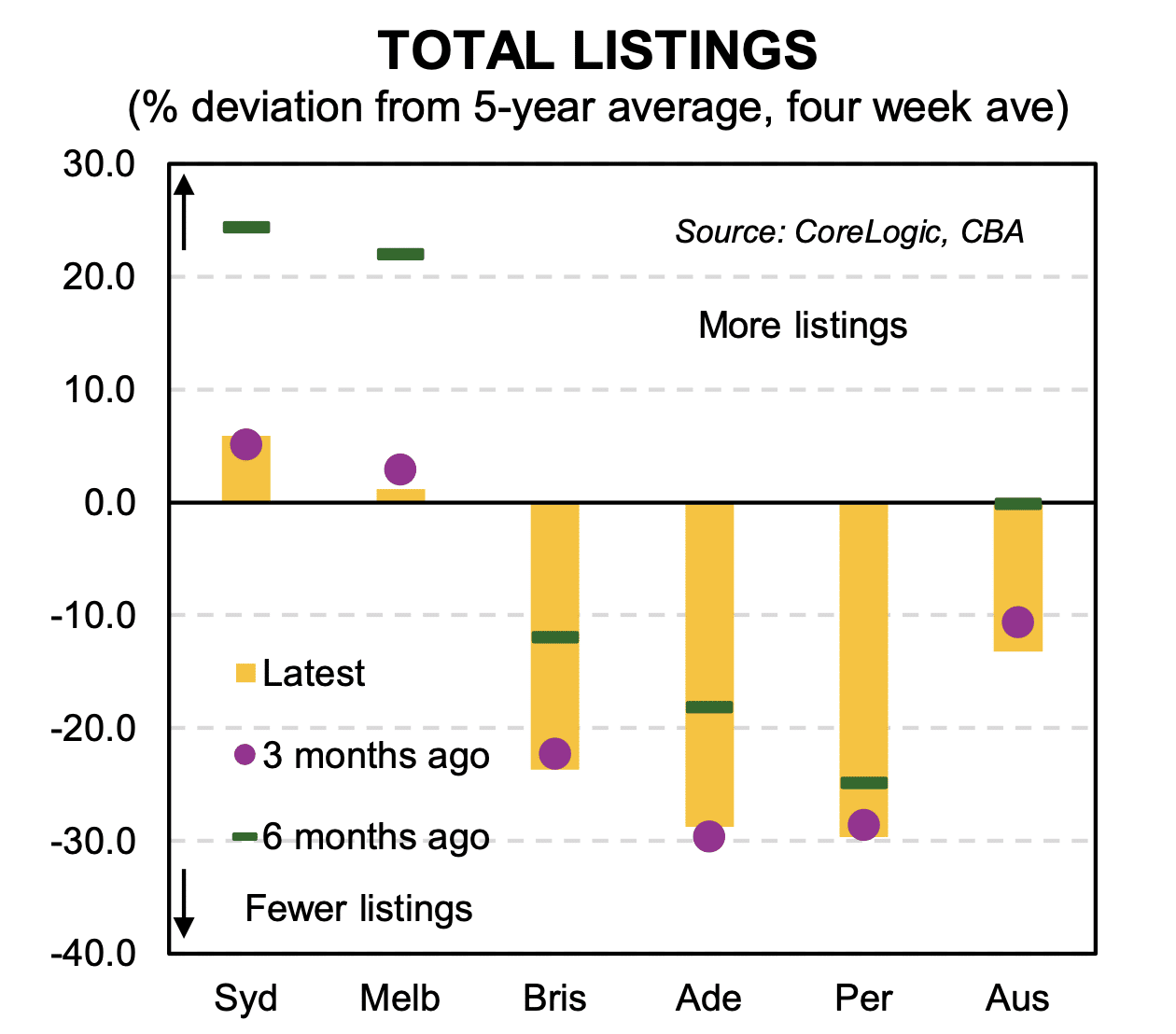Over the past four years since COVID, alternative investing has undergone a noteworthy expansion, particularly within private portfolios. This blog aims to delve into the democratisation of access for investors and the evolving role of alternative assets in diversified portfolios.
Navigating uncertainty in the investment landscape
For the majority of investors, achieving capital preservation, return on investment, and a predictable income stream is paramount. Traditional investments often fall short in turbulent markets and uncertain economic conditions, prompting the need for astute investors to re-evaluate their portfolio composition and deploy defensive strategies capable of weathering economic uncertainties. The post-COVID era has witnessed a remarkable surge in the alternatives space, with private credit (also referred to as private debt) often taking centre stage.
The evolving landscape of alternative investments

What are alternative investments?
Alternative investments are non-traditional asset classes extending beyond equities (stocks/shares), bonds, and cash or cash equivalent options. They typically include assets such as real estate, private credit (also known as private debt), hedge funds, private equity, venture capital, infrastructure, collectibles, and cryptocurrencies. These investments often have low correlation with traditional markets and can provide diversification benefits to investors.
Private credit unveiled:
Traditionally, alternative investments were the exclusive domain of large institutional investors and ultra-high net worth individuals and syndicates. However, this dynamic has shifted and what was once considered out of reach of typical investors due to it being ‘too expensive’, or considered ‘too risky’, is now available as a “mainstream” investment option offering wholesale and, in some cases, retail investors access to a diverse array of opportunities. Investing in private credit opportunities offers investors an uncorrelated alternative to traditional investments.
With its potential to provide stable, risk-adjusted returns with debt security, investing in private credit represents a valuable addition to diversified and defensive investment portfolios.
Read our blog, 'Understanding the capital stack: A comprehensive guide for all commercial real estate investors', to understand more on how this works.
Alternative assets a must in all healthy portfolios
In compiling a robust, and well-diversified investment portfolio, the inclusion of alternative assets cannot be dismissed. With the overarching aim of achieving capital preservation at the minimum, and progressing towards preferred returns on capital and optimal capital appreciation, diversification beyond traditional asset classes becomes imperative.
Incorporating non-traditional assets into your investment strategy can effectively align with these key objectives, offering avenues for enhanced risk management and potential growth opportunities.

From 2008 to 2020, investors traditionally balanced the higher returns and volatility associated with equities by allocating portions of their portfolios to “safer” assets like cash and bonds, aiming for stability. However, in the time since the onset of the pandemic, the landscape has shifted significantly. The fixed income sector has experienced substantial swings, characterised by elevated yields, price fluctuations, and ongoing speculation surrounding interest rates. Concurrently, equity markets have witnessed unprecedented volatility as they grapple with the task of pricing in increasingly complex and uncertain conditions. This volatility challenges the hallmark portfolio structure of passive investors, who historically relied on government bonds as a hedge against the fluctuations of riskier assets such as equities.
The positive correlation between stock and bond yields, which persisted for an extended period, has seen a recent shift. The correlation switch between equity and bond returns has been influenced by the recent surge in bond yields, driven by the upward pressure on the term premium. As a result, investors face a re-evaluation of traditional portfolio strategies and asset allocation in light of evolving market dynamics.
Private credit to defend portfolio returns
In times of market uncertainty, many investors opt to bolster their portfolio allocations toward defensive investments like fixed income as a strategic approach to preserving capital and generating income. Within this context, the attractiveness of private credit investments is on the rise. Offering stable, risk-adjusted returns through debt security (often a first registered mortgage over real estate property), private credit presents an appealing asset class for investors seeking to navigate volatile market conditions while still pursuing income generation.
Capital preservation

In times of market volatility and economic uncertainty, investors prioritise capital preservation as a paramount objective. One avenue increasingly favoured for achieving this goal is through investments secured by first-ranking mortgages over real property.
This strategy offers a layer of protection, as it ensures that in the event of default, investors have recourse to the underlying tangible assets. Investments secured by first-ranking mortgages often adhere to conservative loan-to-value ratios, providing an additional cushion against potential downturns in property values.
This conservative approach mitigates risk and enhances the likelihood of preserving capital, making such investments an attractive proposition for risk-averse investors seeking stability and security in their portfolios.
Private credit investments are often included in a well-rounded portfolio as a defensive layer to moderate exposure to volatility. Private credit – commercial real estate debt (CRED) in particular – have low, or negative correlated returns compared with direct real estate and equities markets. Additionally, these investments prove to be income-generating assets, demonstrating resilience during economic downturns and serving as a hedge against inflationary pressures.
What sets these investments apart is their unique ability to fit into three distinct asset allocation categories: fixed income, property, and alternatives. This versatility enhances their appeal to investors seeking to build well-rounded portfolios that can weather market volatility while capitalising on income streams and hedging against inflationary risks.
Types of alternative investment funds available through Zagga
Invest in property without buying the bricks and mortar.
Eligible investors can earn attractive returns and portfolio diversification opportunities through investing via one of our funds. Investors in a Zagga Fund invest in quality loans to creditworthy borrowers, all mortgage-secured by high-quality, Australian property. Depending on an investor’s situation and objective, investors can select from one of two Fund types:
Pooled Funds
For investors looking to invest via the security of a lending trust, Zagga’s pooled funds offer investors a fractional ownership interest of the Fund’s interest in the Trust’s underlying assets, proportionate to the investor’s investment in the Fund.
Unitised Fund
For financial advisors looking to increase their clients’ allocation to private debt, the Zagga CRED Fund provides a compelling alternative to earn regular, determinable income.
The strategic significance of alternatives
Beyond traditional portfolios:
Alternatives are no longer viewed as peripheral components but have emerged as strategic pillars within well-rounded, well-diversified investment portfolios. With its unique attributes offering portfolio diversification benefits, significant risk-adjusted returns and downside protection, savvy investors are increasingly seeking to invest in private credit (specifically commercial real estate debt) to safeguard returns and provide a hedge against rising rates and inflationary pressures.
Alternative investments to defend returns
As the world emerges and recalibrates from the COVID-19 fugue, the significance of alternative assets in reshaping portfolio allocations cannot be overstated. As traditional investment avenues exhibit heightened volatility and uncertainty, investors are increasingly turning to alternative assets for stability, income generation, and portfolio diversification.
Private credit, exemplified by commercial real estate debt secured by registered mortgages over real property, emerges as a beacon of resilience in turbulent times. Not only does it offer a defensive layer for preserving capital, but it also presents opportunities for steady income streams and hedging against inflationary pressures. The strategic pivot towards alternative investments underscores their important role in fortifying portfolios against market volatility while striving for consistent returns.

As investors continue to recalibrate their strategies and rethink asset allocation, the allure of alternative assets, particularly private credit, shines bright as an indispensable component in the arsenal of modern investment portfolios.
Speak with one of our team today to explore the alternate investment opportunities available through Zagga.




